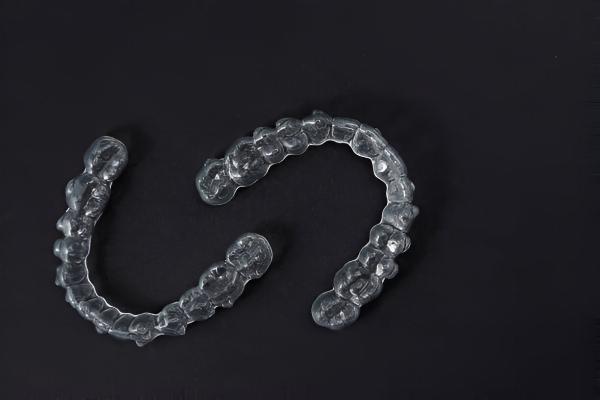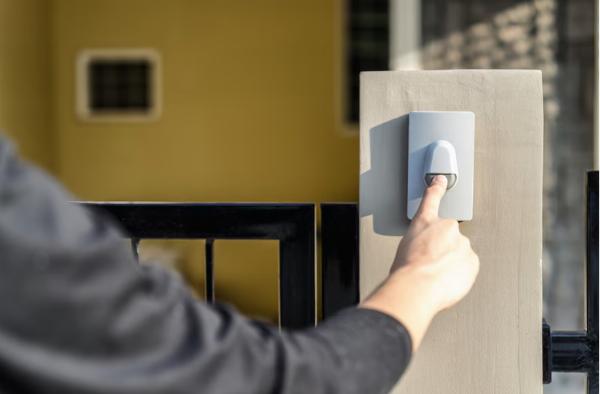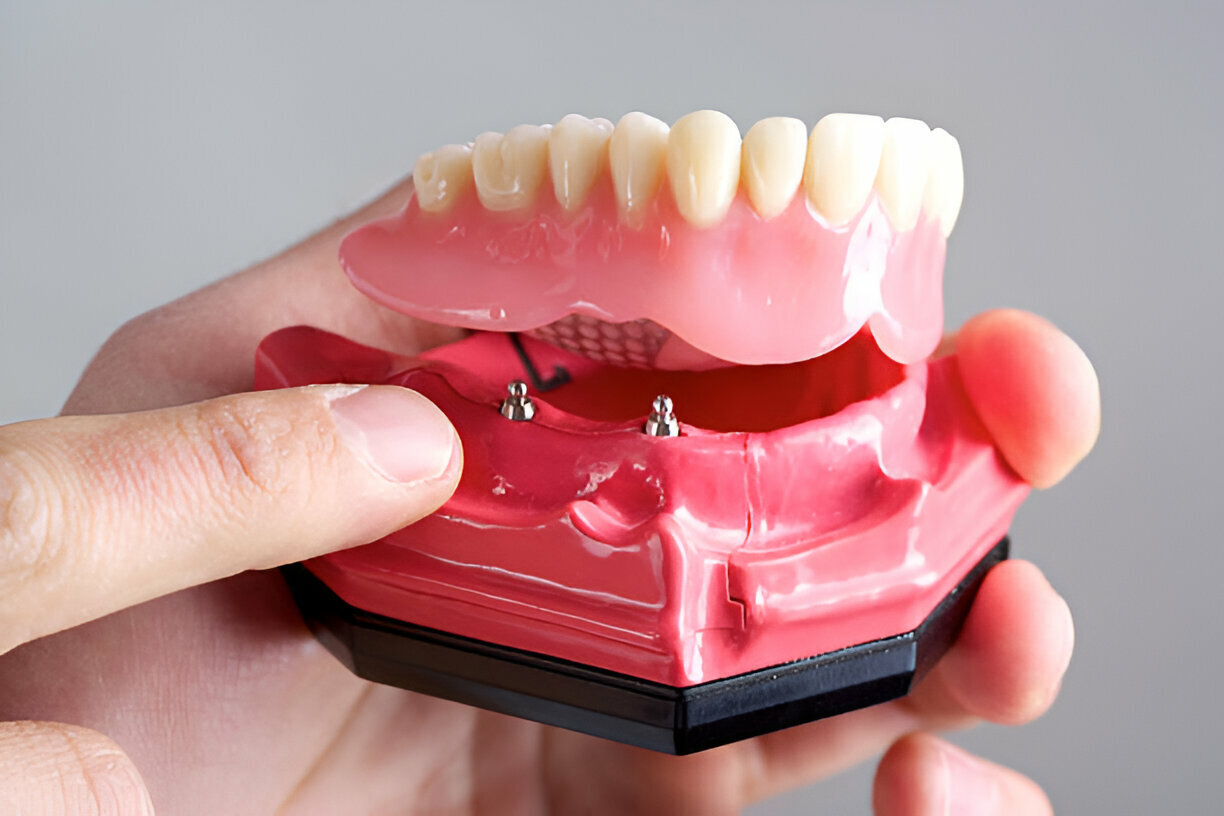An Introduction to Restorative Dentistry

Restorative dentistry is a crucial branch of oral care. It primarily focuses on rebuilding or repairing your damaged or decayed teeth to restore their function and appearance.
According to the American Dental Association, nearly 92% of adults aged 20 to 64 have had at least one cavity in their lifetime, underscoring the widespread need for treatments.
Restorative dentistry is vital in maintaining oral health, improving chewing efficiency, and preventing further dental complications. Addressing tooth loss, decay, and damage helps preserve the mouth's integrity, contributing to overall well-being and quality of life.
In this article, we take a closer look at restorative dentistry via topics like:
- Overview of Restorative Dentistry
- Types of Restorative Treatments
- Different Stages of Restorative Dentistry Process
- Benefits of Restorative Dentistry
Continue reading as we learn more about these treatment options in the following sections.
Overview of Restorative Dentistry
Restorative dentistry focuses on restoring and repairing missing or damaged teeth' function, health, and appearance. Its primary goal is to address issues such as cavities, tooth decay, and trauma while enhancing a patient’s overall dental aesthetics.
Essential procedures in restorative dentistry include:
Fillings: These are used to repair cavities and restore a tooth's natural shape, and fillings help prevent further decay.
Crowns: Oral crowns are custom-made caps covering damaged or weakened teeth, providing strength and improving appearance.
Bridges: These prosthetic devices restore one or more missing teeth by attaching to nearby healthy teeth or implants.
Dentures: Removable appliances that replace multiple missing teeth, dentures restore function and aesthetics.
Implants: Permanent replacements for missing teeth, implants consist of a titanium post placed into the jawbone, topped with a crown that mimics the appearance and function of natural teeth.
Recent advancements in restorative dentistry have significantly improved both techniques and materials. Innovations such as digital impressions, 3D printing, and advanced biomaterials have enhanced precision and comfort.
Digital technology allows for more accurate fittings and better customization of restorative appliances. Newer materials, like ceramic and zirconia, offer greater durability and a more natural look, improving patient outcomes and satisfaction.
Types of Restorative Treatments
Restorative dentistry provides various treatments to repair and restore damaged or missing teeth, each addressing specific oral needs. Let’s learn more about them in this section:
Fillings
A cavity is created when germs eat away at the enamel of your teeth, creating a hole. Dental fillings are often used to treat smaller cavities.
During this operation, your dentist will remove the decaying piece of your tooth and then use a composite material that matches your tooth color to cover the hole. This stops tooth decay and lowers the possibility of further harm.
They are of two different types, namely:
Amalgam Fillings: These fillings are made of metals like silver, mercury, tin, copper, and amalgam. They’re durable and ideal for back teeth that endure significant pressure. However, their metallic appearance can be conspicuous.
Composite Fillings: Made from resin and glass, these can match the natural color of teeth, making them suitable for visible areas. Although they blend well aesthetically, they are generally less durable than amalgam.
Crowns
Crowns are custom-made caps that restore a tooth's shape, size, and strength, often after severe decay or a root canal. They are used by dentists to fix big cavities and replace fractured teeth. A crown, also called a cap, covers your whole tooth.
They are of two types, namely:
Porcelain Crowns: Offering a natural look, they are commonly used for front teeth.
Metal Crowns: These are very durable and typically used for back teeth. They are crafted from gold or other metals.
Bridges
A dental bridge can replace several lost teeth in a row or only one missing tooth. Dental crowns support prosthetic teeth on each side of a bridge. On both sides of the gap, your dentist will modify (shave down) your natural teeth. The bridge will then be bonded to your natural teeth. The prosthetic teeth fill the spaces between your teeth and the crowns that cover them.
Dentures
Dentures are another conventional method of replacing missing teeth. These appliances remove a whole lost tooth arch. Multiple lost teeth in various locations are replaced with partial dentures. Your jawbone supports your dentures, which are positioned on top of your gums.
They are of two types, namely:
Full Dentures: Replacing all teeth in one jaw, they fit over the gums and restore chewing and speaking abilities.
Partial Dentures: Used when some natural teeth remain, secured with clasps to fill gaps left by missing teeth.
Implants
Implants are a long-term solution involving the placement of a titanium post into the jawbone, acting as a root for an artificial tooth. They offer durability, functionality, and a natural appearance. The process includes placement, healing, and attachment of the artificial tooth.
Confused about what restorative option is right for your smile? Based on your unique requirements, you can also contact your dentist for restorative dentistry in Jacksonville to get customized treatment.
Different Stages of Restorative Dentistry Process
Stage 1: Initial Consultation
During the initial visit, your dentist will thoroughly examine your oral health, including X-rays and possibly 3D imaging, to assess the extent of any damage or decay.
This diagnostic phase is crucial for developing a tailored treatment plan addressing your needs. The dentist will discuss various restorative options with you, outlining each choice's benefits and potential outcomes to ensure you are fully informed before proceeding.
Stage 2: Procedure Details
Once a treatment plan is established, the restorative procedure will commence. This often involves cleaning the affected area, removing decay, and preparing the tooth for restoration.
Depending on the procedure—whether it involves fillings, crowns, or bridges—the dentist will place the chosen restorative material, ensuring it fits comfortably and functions effectively. The process is designed to restore your teeth' structure and function.
Stage 3: Recovery and Maintenance
Following the procedure, you may experience some sensitivity or initial discomfort, which typically subsides within a few days. Adhering to post-procedure care instructions is essential for a smooth recovery.
Regular follow-up visits are crucial to monitor the restoration and address any concerns promptly. Maintaining excellent oral hygiene and attending routine check-ups will help ensure the longevity of your therapeutic work and overall dental health.
Benefits of Restorative Dentistry
Restorative dentistry offers significant benefits that extend beyond merely repairing damaged teeth. One of the primary advantages is functional improvement. By addressing issues such as missing or broken teeth, restorative treatments can significantly enhance chewing and speaking abilities, which are crucial for daily life.
Restorative procedures like crowns, bridges, and implants help restore teeth' natural function, allowing for more comfortable and practical oral activities. Aesthetic enhancement is another key benefit. Restorative treatments repair and improve the appearance of teeth and the overall smile.
What’s more? Restorative dentistry plays a preventive role. By addressing existing dental problems, such as decay or structural damage, restorative treatments help prevent these issues from worsening.
This proactive approach allows Cherokee Family Dental professionals to reduce the risk of more serious dental problems in the future, contributing to long-term oral health and stability.
Takeaway
- Restorative dentistry repairs damaged or missing teeth, enhancing chewing and speaking abilities and improving overall oral function.
- Procedures like crowns, veneers, and bonding not only fix dental issues but also enhance the appearance of your smile.
- By addressing current dental issues, restorative dentistry helps prevent further damage and reduces the risk of severe oral health complications.
- Don’t let your damaged oral health affect your lifestyle! Get the most of your smile with our experts at Cherokee Family Dental today!
Note: IndiBlogHub features both user-submitted and editorial content. We do not verify third-party contributions. Read our Disclaimer and Privacy Policyfor details.







